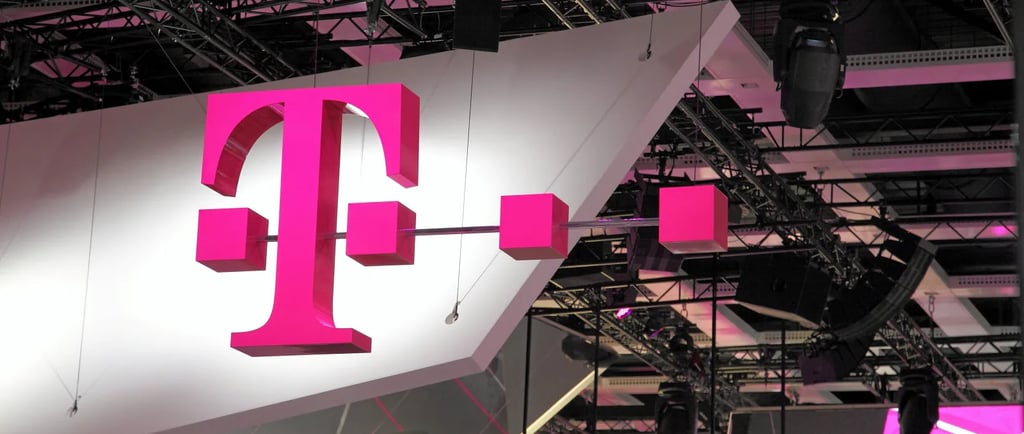German telecoms giant to trial using excess green power to mine Bitcoin
Europe is currently battling negative power prices and curtailment of wind and solar farms, with Bitcoin mining able to provide the kind of flexible demand that could help
Deutsche Telekom
11/5/20242 min read


Deutsche Telekom will trial using power-hungry Bitcoin mining to mop up excess renewable energy that would otherwise go to waste, a process it calls “digital monetary photosynthesis.”
The German telecoms giant’s tech subsidiary Telekom MMS announced yesterday that it was launching the pilot project to operate a Bitcoin mining infrastructure using surplus energy.
The mining will be powered by electricity from wind and solar farms that would otherwise remain unused due to a lack of grid infrastructure to send it where it would otherwise be needed or energy storage to save it for when it is needed.
“With the growing number of renewable energy sources and the resulting fluctuations in available energy, the need for quickly available regulating power increases,” said Oliver Nyderle, head of digital trust at MMS. “For this, we need mechanisms that can respond quickly to changes and absorb fluctuations.”
“Surplus energy is converted into digital values through the miners. We call this digital monetary photosynthesis.”
Regulating power grids by using Bitcoin mining as a variable demand source for electricity is “already successfully practiced” in other countries including the US and Finland, said MMS.
Bitcoin requires so much energy because the decentralised blockchain structure it uses employs a system where to verify transactions computers must guess at a 64-digit string of numbers and letters, with trillions of possible options. Computers all over the world race to guess the string and the fastest not only certifies the transaction but is also rewarded in Bitcoin – hence, ‘mining’ it.
Cryptocurrency mining, of which Bitcoin represents the vast majority, used a fifth as much electricity in 2022 as global centralised data computing and data transmission combined. One of the most recent estimates is that Bitcoin mining uses around 127TWh of electricity annually – around the same as Norway.
This has led to criticism that the Bitcoin mining boom risks destabilising power grids and wiping out green energy gains. Others, however, have championed it as a means of providing flexible generation that could help bring more wind and solar farms online.
The MMS trial comes as Europe faces plummeting negative power prices and curtailment of wind and solar farms. From January to August this year, 1,031 hours – equivalent to 43 days – of negative prices were recorded in EU countries, tripling the rate seen in 2022.
Due to the flexible load it can provide, MMS said Bitcoin mining “could play an important role in balancing supply and demand in the energy grid in the future.”
It stressed that wind and solar developers “could benefit from this technology,” as they often face the challenge of “unpredictable” power markets.
Lorenzo Sani, a power analyst at UK think tank Carbon Tracker, tells Recharge the proposal “shows one of the many opportunities created by the energy transition.”
“The growth of wind and solar offers great opportunities for whoever can consume large amounts of electricity flexibly, in this case data centres.”
As in this case the power the Bitcoin mining will use is “excess electricity that would otherwise be wasted,” Sani said it appears to be a “win-win scenario for the renewable generators and Bitcoin facility.”
But he stressed that it is also crucial for regulators to “open more opportunities for consumers” to access the benefits of providing flexible power demand through flexible electricity tariffs and electric vehicle charging rates.
Contact :
Europe : ECO-LAND Sp. z o.o.
Taxe Id (VAT UE): 1231419490
Office Address: St. Rakowiecka 41 / 3, 02-521 Warsaw, Poland
UK / US / Canada: COBALT FINCH LTD
Registration number : 16614169
Office Address: Rex House 4-12 Regent Street, London, England, SW1Y 4PE
Please write your question. Our support team will respond to all your inquiries promptly.
Email :
Phone :
info@ekboost.com
+44 744-976-9777
© 2025. All rights reserved.
